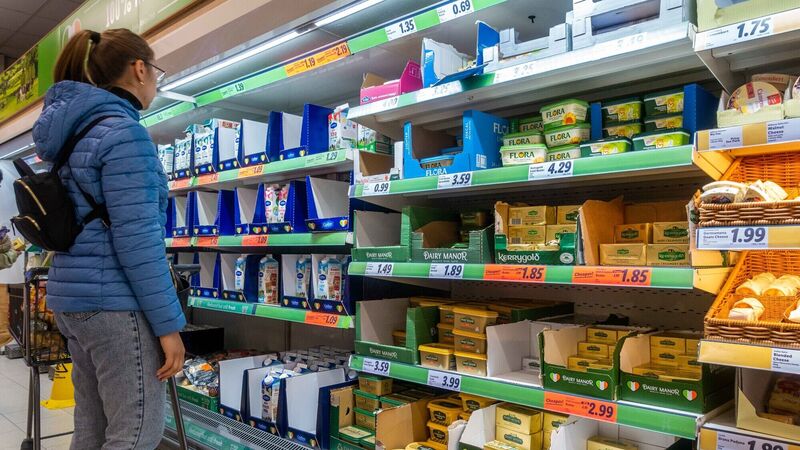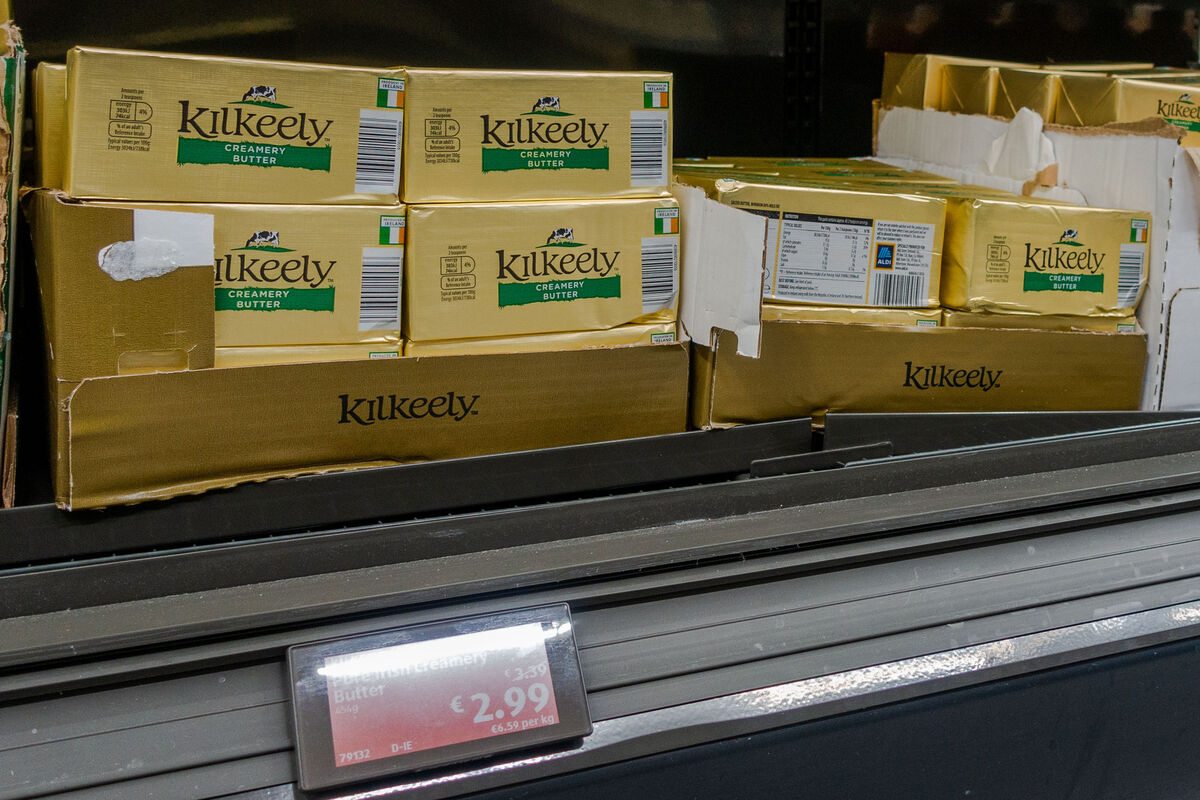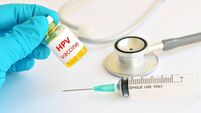'Unpick that one' — Farmers question butter's 40c price cut

Supermarkets Aldi, Lidl, Tesco and SuperValu have cut milk and butter prices in recent days. Picture: Andy Gibson
“Good luck trying to unpick that one. That's exactly our point. No one knows how that price is arrived at."
That was the response from Irish Creamery Milk Suppliers Association (ICMSA) President Pat McCormick when asked how the price of butter is arrived at given the almost across-the-board decision of supermarkets to drop the price by 40c this week.
That price cut comes after a period of massive inflation in the past year. A pound of own-brand butter at Christmas time in 2021 was costing consumers around €2.19. Before the latest cut, that same product was coming in at around €3.39. Milk prices in general are falling, after significant rises last year.
The huge increase had come against the backdrop of huge inflation in the likes of fertiliser, fuel and other products that help to drive grocery rises.
Farmers have warned they will lose out if there are price wars among the supermarkets, while the likes of Tesco have pointed out it doesn’t purchase directly from dairy farmers and instead agrees prices through a tendered process with suppliers and processers.

Supermarkets are pushing for these and further cuts now given inflation is tempering from its heights of last year, and will now put pressure on suppliers to drop their wholesale prices if those price levels are no longer justified.
Sources said suppliers would be at a disadvantage against the supermarkets in this regard, as they are “notorious for de-listing people on a whim”.
There is a perception among some dairy farmers that supermarkets are likely not to be taking the hit themselves when cutting prices, while they deal with tighter margins and higher production costs.
Mr McCormick accused the State of being “toothless” on the matter, adding: “The retailers have been allowed dictate prices forward to their consumers and backwards to their suppliers and have ended up as the overwhelmingly dominant link in the food supply-chain. That has to change.”













